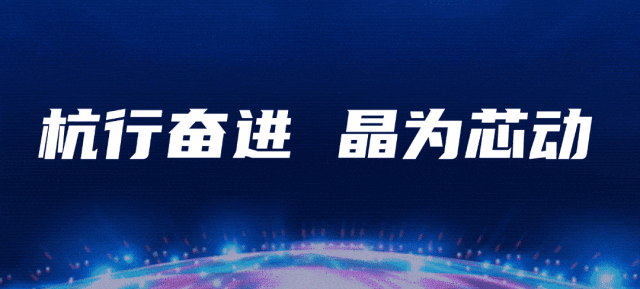
NEWS
Click the blue words to follow us
HangJing
The core component responsible for digital-to-analog conversion in acoustic playback systems is the DAC chip. Since the 1970s, single-chip integrated circuit (IC) DACs have marked the beginning of the DAC chip era.
Mainstream DAC Chips
1
AKM
AKM is a Japanese chip manufacturer (Asahi Kasei Microdevices Corporation) known for its TCXO chips, and its audio decoding chips are also top-notch. Currently, AKM has launched a separate modulation (AK4191) and decoding (AK4499EX) solution, introducing asynchronous mode options. The AK4191 buffers audio signal data when the audio signal rate and local rate are unsynchronized by placing a FIFO (First In First Out) memory, enabling asynchronous continuous playback, thus decoupling from the audio signal, with Jitter effects solely depending on the performance of the local crystal oscillator. Using the AK4191+AK4499EX solution to replace the previous AK4499 chip has significant advantages; although the former is a 2-channel design, it achieves the performance level of the latter’s 4 channels at a lower price.
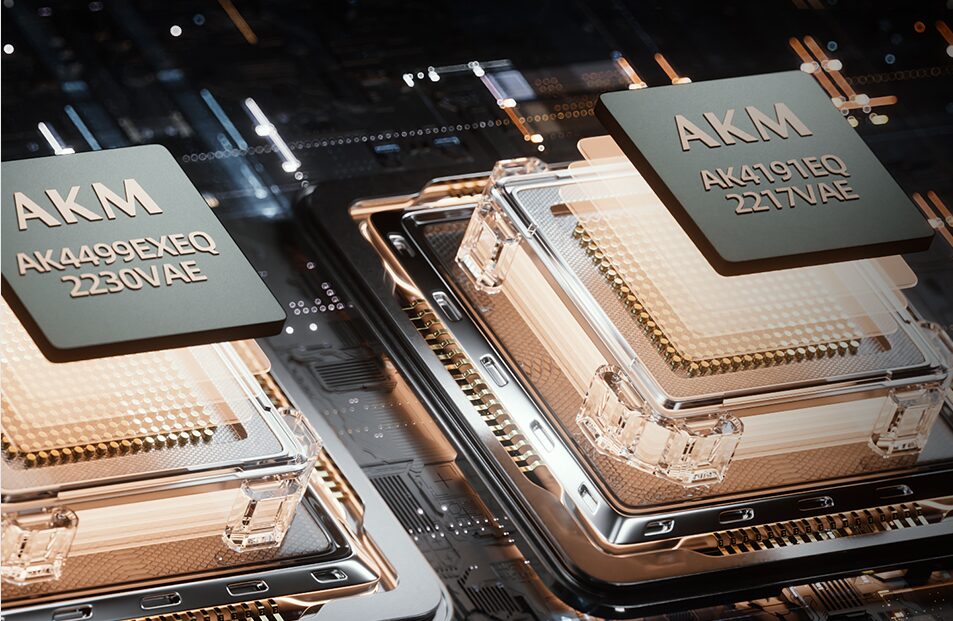
2
ESS
ESS has also launched several new products, such as ES9017, ES9027PRO, ES9039PRO, enhancing audio performance while consuming less power; some integrate MQA renderers, such as ES9068A, ES9039MPRO, for hardware direct decoding of MQA format audio signals; others add I/V (current-voltage) conversion and line driver modules, such as ES9080, ES9033, increasing integration while reducing overall PCB area and complexity. Most high-end ESS DAC chips feature asynchronous mode and Jitter elimination circuits.
3
CL
Meanwhile, CL has launched new products CS4302P/04P/08P, which are 2-channel, 4-channel, and 8-channel chips, respectively, supporting PCM 32-bit 768Hz and DSD512, with significant performance improvements over the previous generation.
Ranking of Mainstream DAC Chips
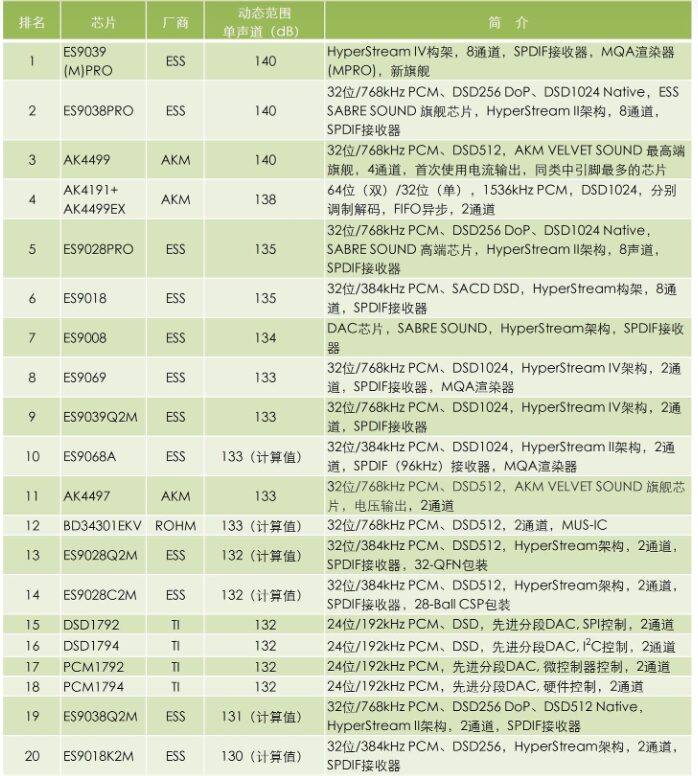
Application of Femtosecond Dual Crystal Oscillators in High-End Decoders and Players
Currently, high-end DACs and players commonly use two high-precision, ultra-low phase noise and Jitter crystal oscillators, with frequencies of 45.1584MHz and 49.152MHz.
The 45.1584MHz crystal oscillator corresponds to tracks at 44.1kHz, 88.2kHz, 176.4kHz, and 352.8kHz;
The 49.152MHz crystal oscillator corresponds to tracks at 48kHz, 96kHz, 192kHz, and 384kHz;
Tracks of different encoding frequencies are processed by different crystal oscillators in integer multiples, bypassing fractional conversion, ensuring HIFI sound quality.
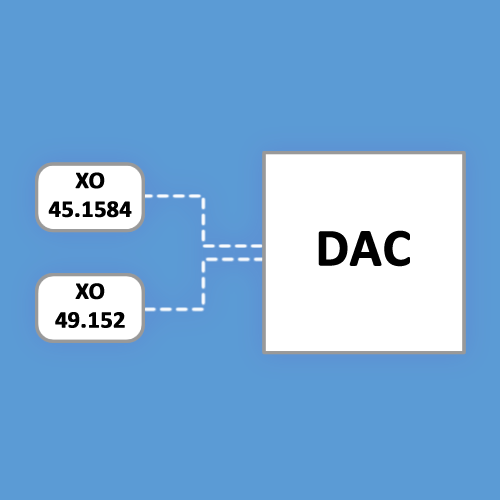
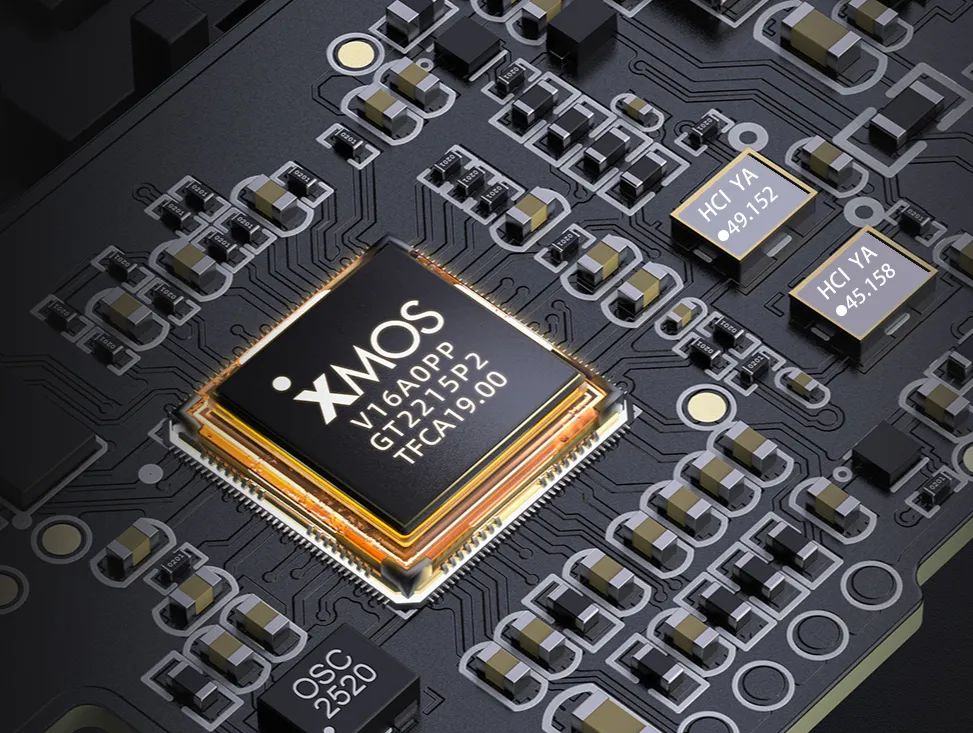
Outstanding Performance of Femtosecond Crystal Oscillators
For audio crystal oscillators, the industry typically uses integration limits of 10-1MHz, while communication crystal oscillators often focus on performance within a bandwidth of 12kHz-20MHz.
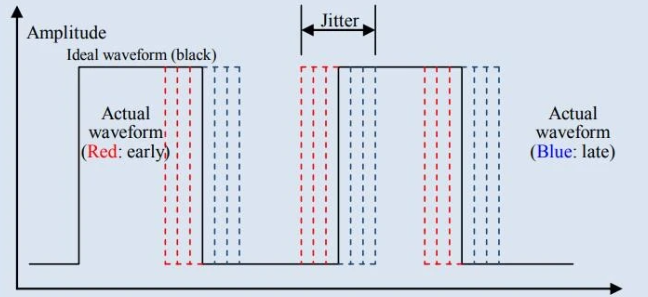
Currently widely used in high-end portable HiFi players, the HangJing “femtosecond crystal oscillators” CO22H4-49.152-33KDTST-LJ and CO22H4-45.1584-33KDTST-LJ show Jitter values under these two integration bandwidths, with a Jitter value of less than 100fs at 10kHz-1MHz.

The application of ultra-low Jitter crystal oscillators significantly reduces Jitter and distortion on audio data, accurately restoring sound and revealing minute details.


HangJing
Company Profile


Suzhou HangJing Electronics Technology Co., Ltd. was established in 2014, focusing on the research, design, production, and sales of quartz frequency control components, integrating research, production, and sales as a small to medium-sized enterprise.
With a professional team and advanced production technology, it has built complete product lines for quartz crystals, crystal oscillators, crystal filters, temperature-compensated and voltage-controlled products. With a sound supply chain system, high-quality products, and extremely low failure rates, it ensures pre-sales and after-sales service. In the piezoelectric crystal industry, HangJing Electronics is at the forefront in terms of technology and quality.
Its products are used in mobile phones, tablets, satellite communications, automotive systems, global positioning systems, personal computers, wireless communications, and household products, serving as fundamental signal sources for generation, transmission, and filtering. It is committed to continuous technological research and quality implementation, with operational bases across Hong Kong, Taiwan, Shenzhen, Chengdu, Shanghai, Hangzhou, Suzhou, and other parts of the world, allowing HangJing to serve major global electronics manufacturers.
